Traditional Braces – Schoharie, NY
Enjoy a Beautifully Straightened Smile
An improper bite alignment can make teeth harder to clean and easier to injure while also causing issues like jaw pain, headaches, backaches, and neck pain. Traditional braces are a tried-and-true way to straighten out teeth, and Dr. Sobero can even use them to treat complex cases. Feel free to keep reading to learn more about traditional braces and how they work as well as to give us a call if you have any questions or wish to schedule a consultation. Our orthodontist expert offers traditional braces to teens and adults throughout Cobleskill, Amsterdam, Schenectady, Oneonta, and Schoharie, NY.
Why Choose Schoharie Dental for Traditional Braces?
- Experienced and Compassionate Orthodontist
- Effective Treatments That Can Realign Your Smile
- Clean and Comfortable Office Environment
How Do Traditional Braces Work?
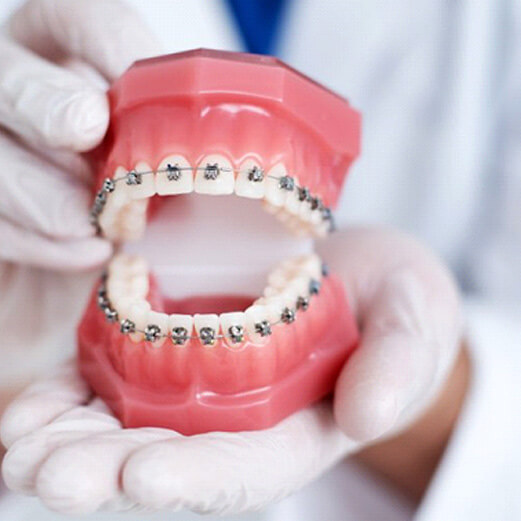
Poor dental alignment can lead to significant oral health issues such as tooth decay, gum disease, and TMJ disorders. Traditional braces prevent these issues by straightening the teeth out into a better alignment. By using brackets and wires to apply gentle, sustained pressure, metal braces gradually realign teeth into healthier positions. This process usually takes over twelve months to complete, but it can deliver stunning results that can last for a lifetime with proper care.
What Orthodontic Issues Can Braces Fix?

We’ll be happy to determine exactly how traditional braces can improve your smile and oral health when you come in for your consultation. Braces can correct a range of common orthodontic issues such as:
Bite Misalignment
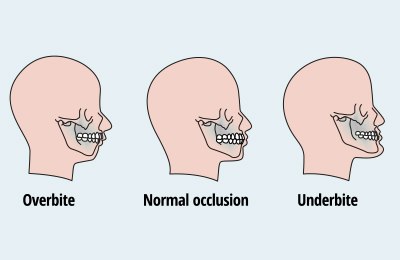
Overbites, underbites, or crossbites can cause a variety of problems such as TMJ disorders and bruxism. By gently pushing your teeth into more optimal positions, braces can vastly improve your chewing and speaking abilities.
Crowded & Crooked Teeth
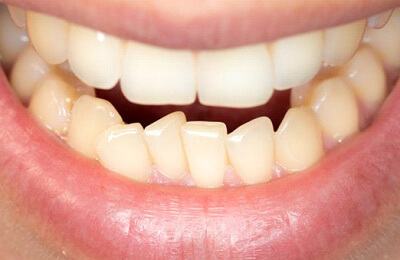
If your teeth do not have enough room in your mouth, they may become crooked or crowded. This can make a patient less confident in their smile while also increasing their chances of developing cavities. Traditional braces can correct these spacing issues to ensure that your teeth have plenty of room.
Gapped Teeth
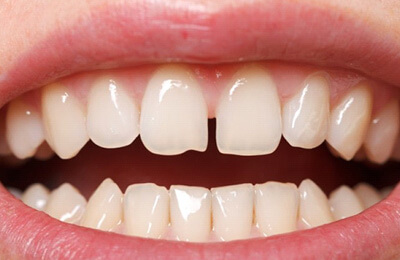
Many people are frustrated by gaps in their teeth. While many patients find them unsightly, they can also increase your risk of developing oral health issues by trapping food debris. Braces can close these gaps in your smile to create a more visually pleasing grin that is better protected against tooth decay and gum disease.
Caring for Your Braces

Traditional braces require no small amount of effort from the patient to work properly. You’ll have to regularly clean them while protecting them from damage, as a loose bracket or a broken wire will cause delays in your treatment. Keep in mind the following tips:
- Follow the dietary guidelines Dr. Sorbero gives you, and avoid foods that are too hard, chewy, or crunchy.
- Wear a protective mouthguard when playing sports or exercising.
- Brush and floss thoroughly after every meal. There are special products available that make flossing with braces much easier.
- Keep on top of your adjustment appointments so we can make sure your braces are in good shape and that you aren’t developing any problems.
Understanding the Cost of Traditional Braces
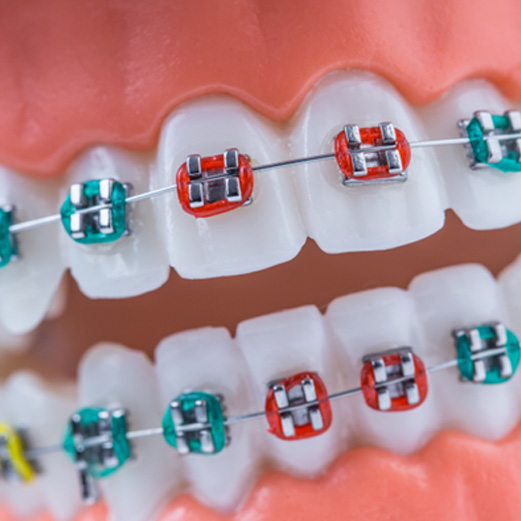
Choosing to get traditional braces for yourself or your child can be quite an investment, but what all goes into the cost? Some people are surprised to find out that there is no fixed price for metal braces—it can differ from patient to patient depending on several factors. What are they? We’ve highlighted the most important ones below.
Factors That Affect the Cost of Traditional Braces

- Insurance Coverage: Every dental insurance plan is required to offer orthodontic coverage if the treatment is for health reasons (as opposed to cosmetic), but the actual amount of the benefit can differ from policy to policy.
- Treatment Complexity/Duration: Basically, the longer a treatment will take to get the teeth to where they need to be, the more it will cost. The price will be higher if someone has severe crowding and bite issues versus just a few slightly crooked teeth.
- Financing Options: For patients without insurance, paying for the treatment over time can make it accessible, but interest and other charges have to be considered (more on this below).
Professional Braces vs. "Online Only" Braces: Which Costs More?

There is an app for basically everything these days, including orthodontics! With these, you use your phone to take a few pictures of your teeth, send them in, and these are used to create a series of plastic aligner trays delivered right to your home. These services tout that you can get the straight smile you want without ever setting foot in an orthodontist’s office.
This approach, while convenient, can lead to major complications. Firstly, the trays themselves might not be fitted correctly depending on the quality of the photos sent in. Also, a patient’s treatment isn’t monitored by a professional in most cases. This means small problems can lead to big issues, including loose and missing teeth in many cases!
Many of these companies have gone bankrupt recently because they were sued by unhappy patients. There are plenty of stories online about people having to spend thousands to get their teeth fixed after using these apps. In short, working directly with an orthodontist might cost a little more now, but it can save you a lot of headaches (and dollars) overall.
Does Dental Insurance Cover Braces?
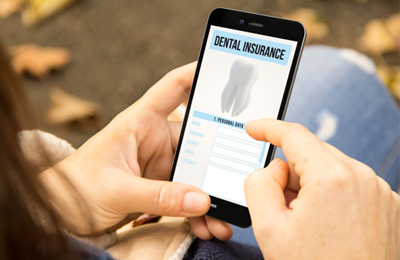
Yes, dental insurance plans can be used to help pay for braces, but this may only apply to patients aged 18 and under and might only be available if there is a medical need. We recommend looking at your insurance policy to sort out the terms and conditions, and if that sounds like a hassle, our team is happy to go over your benefits for you. We’re in-network with many plans and can then give you an estimate of your out-of-pocket cost.
Options for Making Braces Affordable

Of course, if you don’t have insurance, does that mean you need to pay for braces 100% upfront? No! At Schoharie Dental, you can sign up for a low-to-no-interest payment plan with CareCredit or LendingPoint, breaking up the cost into small installments that are suited to your budget.
Just let our team know if you would be interested in financing, and we’ll help you get signed up—the process only takes a few minutes!
Traditional Braces Frequently Asked Questions
How long is treatment with traditional braces?
The length of treatment with braces in Schoharie can vary quite a bit from patient to patient depending on several factors, such as the person’s age (children’s teeth tend to shift faster compared to a teen or adult), the degree of misalignment, how well someone follows treatment instructions, and whether the entire bite or individual teeth are being moved.
Speaking broadly, the process tends to take anywhere from one to three years, and Dr. Sorbero can give you an estimate at your consultation. Then, as treatment progresses, she can make adjustments to ensure the teeth move as efficiently as possible while ensuring the patient remains comfortable.
Do traditional braces hurt?
Most people describe having some mild oral soreness or tenderness right after they have braces put on or adjusted. For teens and adults, this typically isn’t a big deal and can be managed with over-the-counter medication. It can be a little harder for children because prolonged discomfort might be unfamiliar and somewhat scary at first. Thankfully, these symptoms tend to go away on their own within a week, and we can offer plenty of tips to make the transition easier (an example is rinsing with warm salt water to soothe the gums).
The brackets may also irritate certain spots on the lips or cheeks, but these can be smoothed out with orthodontic wax. We’ll provide you with plenty, and it’s always available at your local pharmacy. Fortunately, the overwhelming majority of the time, people don’t think about their braces because they just feel “normal” after a while.
Is there anything I can’t eat with traditional braces?
Yes, braces patients should largely avoid very hard, sticky, or chewy foods. Prime examples are chewing gum, many candies, and popcorn (unless you get it prepackaged without kernels).
The problem is that these items can easily become stuck in the braces, accidentally damage a wire, or dislodge a bracket. While this isn’t a big emergency in most cases, it’s an issue that needs to be resolved within a day or so to prevent further issues down the line that could extend someone’s treatment (or push their teeth in the wrong direction!).
Are traditional braces better than Invisalign?
It depends on the patient! For mild misalignments, it really comes down to patient preference, as braces and Invisalign can handle moderate crowding and gaps at the same level. Some patients (adults and teens) prefer the discreet appearance of Invisalign, while others like the simplicity of braces (which tend to be better for kids since the appliance can’t be removed).
However, for more advanced malocclusion (a crooked bite), braces are almost always the better solution. They are more equipped to handle complex issues and are easier to tweak throughout treatment compared to aligners, making them more responsive and adaptable.
At your consultation with Dr. Sorbero, she’ll discuss both options and recommend which one she thinks would be best for your situation so that you have all the information you need to make a confident decision.
